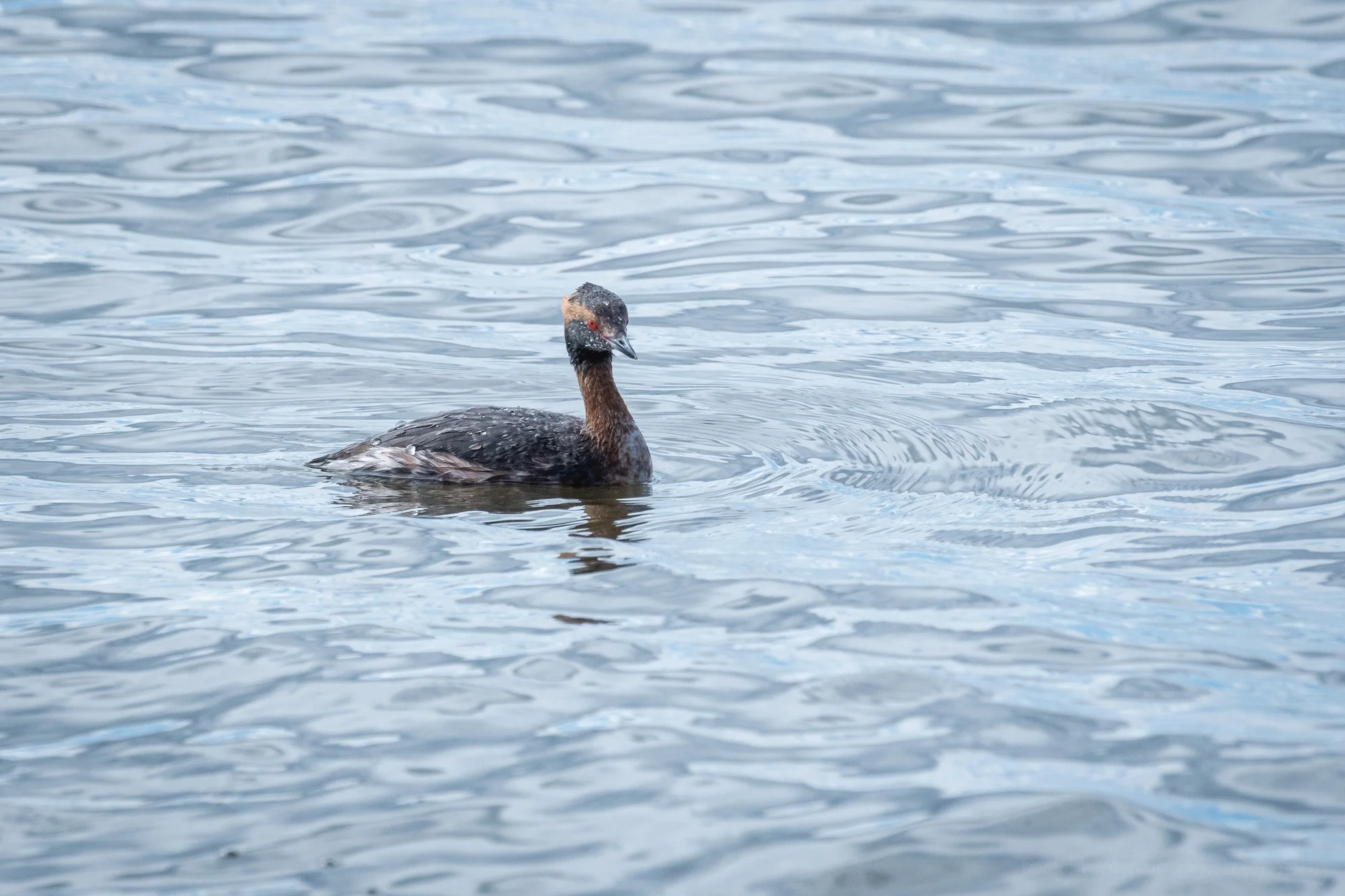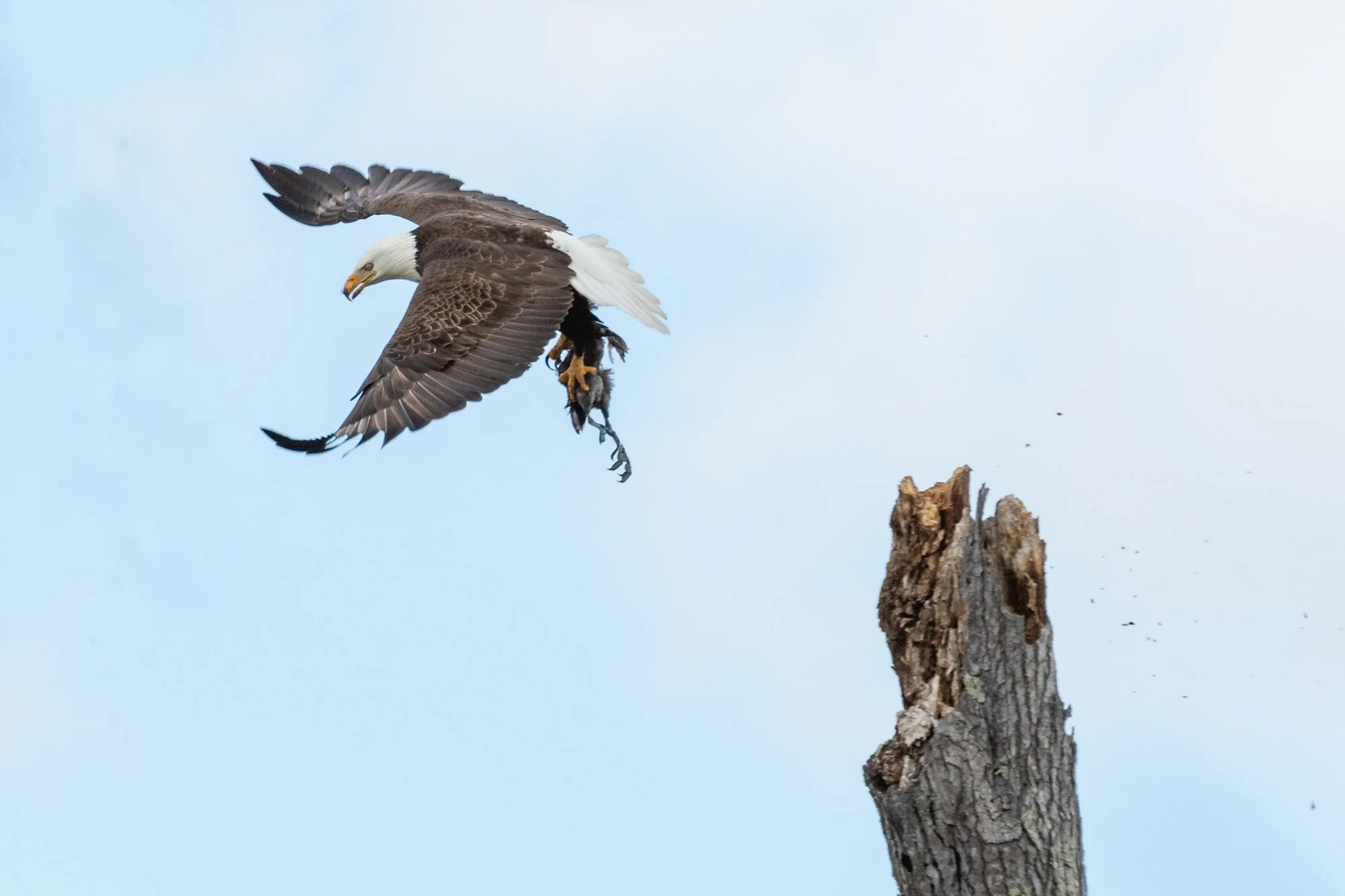This post contains affiliate links and I will be compensated if you make a purchase after clicking on my links. This is at no extra cost to you.
Eastern Phoebe looking to the left
This Eastern Phoebe was found in my favorite wetlands park, just off the boardwalk that extends over portions of the wetlands. It was common to see these birds in this section as they created a nest under the boardwalk each year.
Eastern Phoebe tilting its head towards the camera
This particular bird was catching insects to bring back to the nest. Eastern Phoebe are a species of flycatcher, and when watching them you can easily see why they fit that name, catching insects, often in the air. Amazing little birds.
Eastern Phoebe with an insect in its beak
Eastern Phoebe with another insect in its beak
According to Wildlife of Virginia and Maryland and Washington, D.C., by Charles Fergus, they eat a variety of insects, including small wasps, bees, beetles, flies, and moths. They sit on a perch and watch for flying insects, then dart out and catch them. And as with most all flycatchers, their “drab plumage makes the waiting birds hard to see, not just by its prey, but also by hawks that hunt for flycatchers and other small birds.”
Eastern Phoebe looking back over its shoulder
Many of the flycatcher species can be difficult to tell apart. Peterson’s Field Guide to Birds of North America lists the following as identifying characteristics of the Eastern Phoebe:
downward tail-bobbing
no eye ring
no strong wing bars
small, all-dark bill
dark head
its song.
Additionally, the Eastern Phoebe is known to nest in sheltered spots such as under a bridge, which was exactly the case with this phoebe (or perhaps it was actually a pair).
Eastern Phoebe preening
Spending a little time standing in the same location can sometimes pay off when observing and photographing nature. Doing so allowed me to notice this phoebe flying from beneath the bridge and onto a nearby perch. I noticed it kept returning to the same set of perches after darting off to catch an insect. And it always flew back under the bridge in the same spot. When I walked over that spot I could hear the young chicks in the nest.
So stop and stand (or sit) every so often on your hikes. Just rest a while and observe. Look around and listen. Maybe you’ll notice something interesting.
Do you enjoy these posts?
Sign up to receive periodic emails with updates and thoughts. Don’t worry, I won’t spam you. And please consider purchasing artwork or products from my online store, and using my affiliate links in the sidebar to the right when shopping online.
I appreciate your support!





























